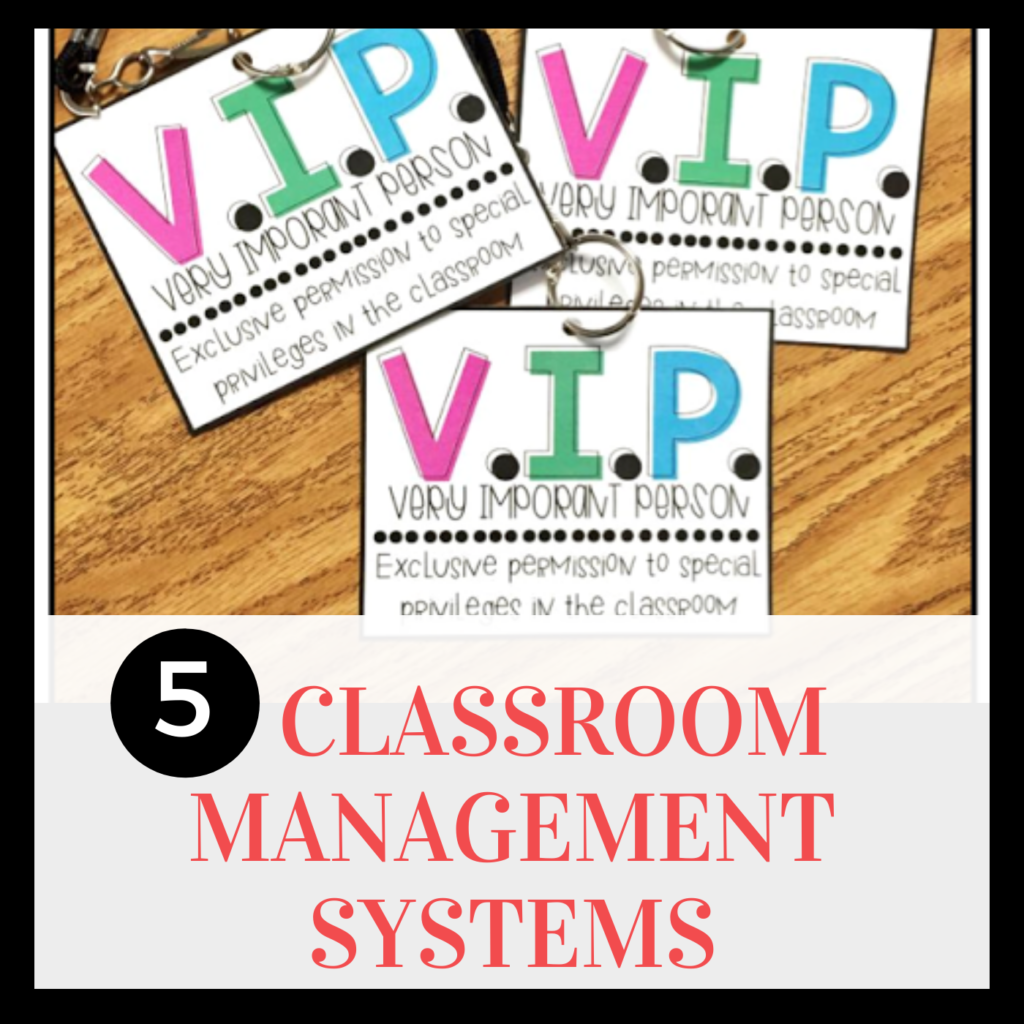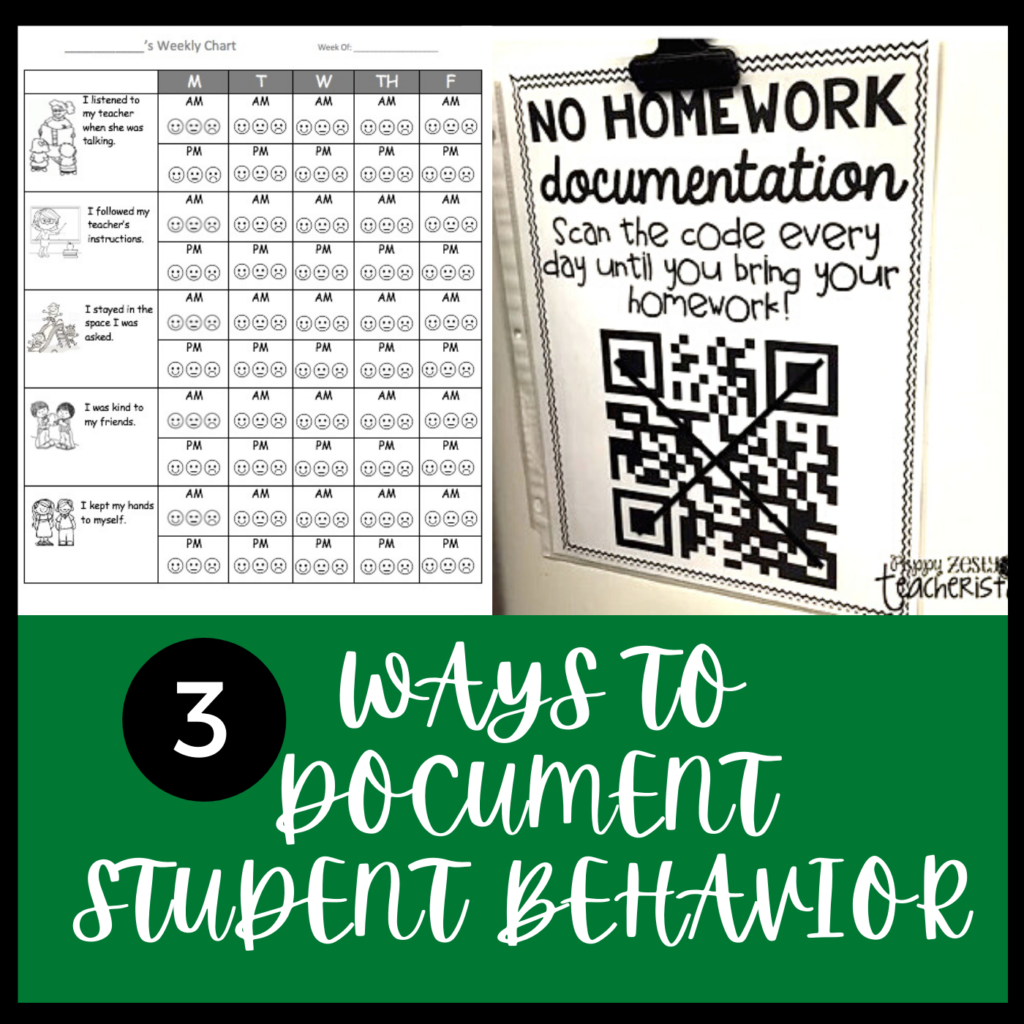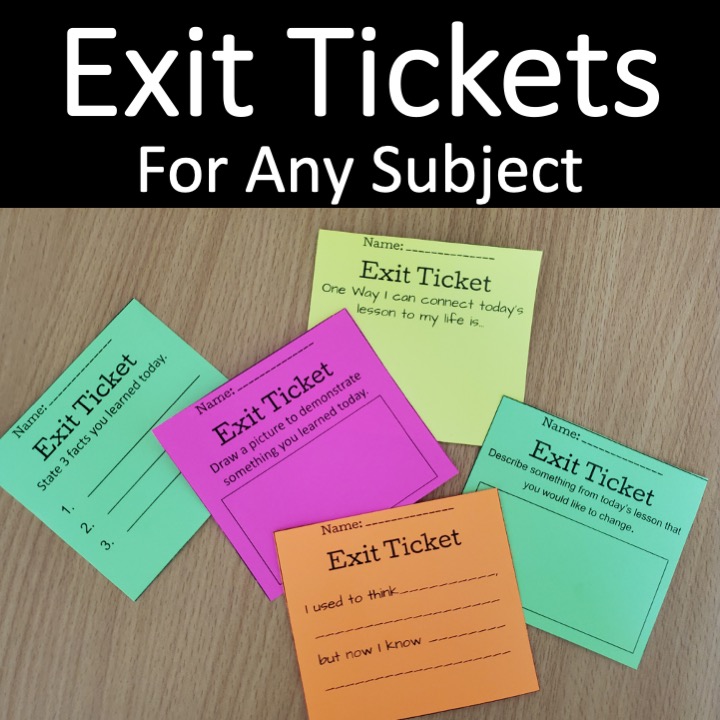Teaching is a rewarding yet demanding profession, and managing your time effectively is crucial to maintaining a healthy work-life balance and ensuring you can deliver the best education possible. With lesson planning, grading, meetings, and student interactions, it’s easy to feel overwhelmed. If you’re looking for ways to streamline your workload and reclaim precious hours, here are five practical time-saving tips for teachers.
1. Work in Batches
Each time you have a free period, have a focus. Put similar tasks together and work on them, saving different tasks for another time. For example, you decide to lesson plan- plan all your math lessons at the same time before going to a different subject. Another free period you might grade. The next period might be for making copies. Concentrating on one task helps our brain get in the routine and work more efficiently. Plus, you won’t be taking trips to the copy machine 3 times a day! Additionally, when you get a dedicated time to work (whether it’s 30 mins or 2 hours) turn off your phone, shut your door and work. One of the biggest time sucking things is small distractions that come up and get us off track.
Personally, I use Google calendar to batch my tasks. I add time in my calendar for way more than just meetings. I schedule time for responding to emails and time for informal observations. I add “tasks” to my google calendar to remind me of items I want to accomplish each day or in the week. Check out more about my google calendar in this post What I’ve Learned My First Year As An Administrator.
2. Use a Weekly Plannner
Plan out your week with a to-do list. Prioritize the things that are due first. Use the weekly planner to plan out when you will accomplish each of the tasks on your to-do list (before school, during your free period, after school?) I created my own weekly planner last year by combining the freebies below. I like a combination of a printable planner and my Google Calendar. Explore both and see what works for you!
3. Give Classroom Jobs to Your Students
Another time saving tip is to assign daily tasks to learners so you don’t have to spend your time doing them. Change the jobs regularly to give everyone a chance to be involved. Classroom jobs not only help you, the teacher, out but they also build responsibility and learner agency! Some great classroom jobs to get started with are:
Passing out papers
Floor monitor (making sure the floor is clean)
Filing graded work (next tip)
Librarian (make sure class books are organized)
Chromebook monitor (make sure Chromebooks are returned)
4. Assign Student Numbers
I learned this tip my first year of teaching and absolutely love it!! First, put all your learners’ names in alphabetical order the way they are in your gradebook and then number them. Have learners write these numbers on every paper in the top corner. When you are grading work, organize the papers starting with number 1-25 (or however many learners you have). Now, it is really easy to input grades because the papers are already in order like in your gradebook. You can also easily figure out which learner didn’t turn in the assignment because that number is missing.
Go one step further and create files with each learner’s number on it. Give the stack of graded work to your classroom helper or TA and, during those few minutes each day when there isn’t anything going on, have them place the graded work into the numbered files. It will go very quickly because you already ordered the papers from 1-25. Now, instead of spending time passing back graded work, learners know they need to check their file folders every day and take home whatever is inside!!
I use a milk crate and hanging file folders to organize this in my classroom.

5. Create Your Go To Templates
You can’t create every single thing from scratch, so create some general templates that can be used for multiple topics and multiple subjects and reuse those templates over and over. Templates to start with: Create Google Slides for your morning routine, introducing a lesson, giving instructions on an assignment and reflection. Create exit tickets (quick assessment) that are generic and print out a lot so they are ready to go. Have your go to graphic organizers and checklists ready. This tip will save you tons of time! You don’t always have to create something new.
I hope you find these tips helpful and time saving! Let me know what your favorite tips are by commenting below.
Other posts you might like:




